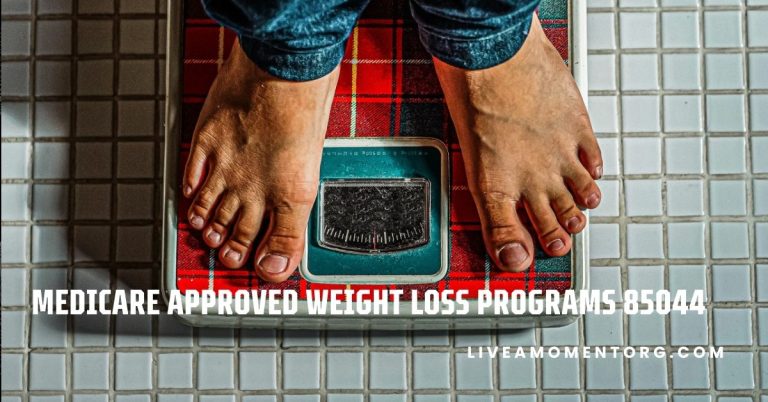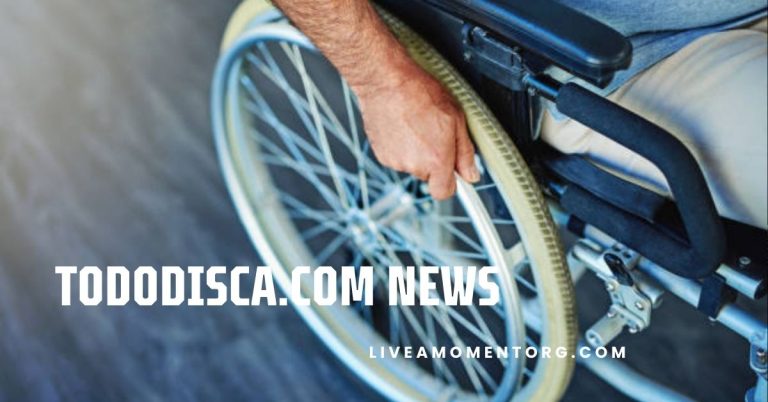How Flooring Materials Affect Trip and Fall Accidents
A fall may cause severe injuries and lead to a hospital visit. Knowing the way flooring materials exacerbate the risk of tripping and falling will help prevent severe falls. A trip and fall lawyer helps identify risk factors such as water, food debris, and grease on floors. Here are some of the ways flooring materials impact trip and fall accidents:
Marble Floors
Putting on shoes without a good grip or walking too fast can lead to a trip and fall accident on marble floors. Excessively polished marble floors can also drastically increase the risk of falling when exposed to water and other liquids. Exercise caution if you are walking on marble floors in a bathroom or kitchen. Water or food spills are common in these areas. A trip and fall lawyer can help you get your deserved compensation by showing that the marble floors in the building you were visiting were a tripping hazard.
Wood and Vinyl Floors
Public buildings and restaurants commonly have wood or vinyl flooring, and employees are required to place signage of slipping hazards in plain sight when cleaning these surfaces. Walking on recently cleaned wood or vinyl floors can lead to slipping and falling. Using cleaning solutions meant for vinyl flooring on wood floors can make wood floors slippery. When puddles of cleaning detergents or water are left on wood floors in a restaurant or office, the flooring may warp. This increases the risk of tripping and falling when moving over wooden floors.
Old vinyl floors pose a major risk of slipping and falling. Years of polishing and an accumulation of cleaning products make these floors more slippery compared to other materials. Aging vinyl floors often peel, crack, or warp at the edges. This increases the risk of slipping and falling hazards. A lawyer can examine the flooring conditions and check whether adequate signs were placed to warn patrons of slipping hazards.
Stamped Concrete Floors
Concrete floors become slippery when wet, increasing the risk of slipping and falling. Stamped concrete floors with a smooth finish are often riskier to walk on compared to brushed concrete floors. Places like public pools commonly have concrete flooring surrounding the pools. Exercise caution when walking alongside outdoor pools that use stamped concrete. Water from the swimming pool commonly spills on the stamped concrete floors, making the walkways slippery.
Linoleum Flooring
Linoleum is a common flooring material in kitchens and bathrooms. It is vulnerable to dents and other damage caused by furniture legs and heavy items. You may trip when walking on these dents. A lawyer will take pictures of this damage as evidence of negligence in a slip and fall case.
Moisture or standing water on linoleum may cause warping or swelling that makes the floor uneven, further increasing the risk of tripping or falling. Spills, pooling liquids, and fresh wax also lower traction between the floor and your shoes or feet. If a business does not mitigate or warn patrons of these hazards, they are liable for your injuries.
Ceramic and Porcelain Floors
Floors made of ceramic or porcelain tiles are non-porous and smooth. Properties with ceramic and porcelain floors become dangerous when fluids are spilled on them. Visitors may have difficulty gripping their shoes on a surface that is smooth and non-porous. If the tiles are slippery because of excess cleaning solutions or if they are chipped and broken, your lawyer may be able to build a slip and fall case.
Old Carpets
Replacing old carpeting may lower the risk of a slip-and-fall accident. An old carpet can tear, wrinkle, or rip, creating obstacles that are hard to see. Unsuspecting individuals can trip on the ripped areas, leading to a fall and possible injuries. Signs such as fading, matting, and wrinkles on the carpet show that the carpet needs to be replaced. Property owners have a responsibility to make sure visitors are walking on safe flooring. A slip and fall lawyer will examine the condition of the carpeting to determine whether it could have caused you to fall and if the property owner neglected their duty of care.
Floor Mats
Floor mats that are common in hospitals, stores, and hotels pose the risk of tripping and falling if they are ripped, old, or rolling up. Poor maintenance routines such as letting the mats get drenched in water or not replacing ripped mats increase the danger of slipping. Overusing the mats may cause buckling that raises them on the edges. Your shoe can get caught on the raised areas, causing a fall or serious injury.
Uneven Floors
Small differences in the height of flooring may cause imbalance. When walking, you may not raise your foot high enough, causing you to fall. You may hit the edges of the uneven floor with your shoe and trip in the process. Stairs with uneven heights also present a risk of tripping and falling. Safety measures like having handrails on staircases lower the risk of falling. Your lawyer will check if the property owner neglected to implement proper safety precautions.
Look For a Trip and Fall Lawyer
A severe slip-and-fall accident can cause injuries and prevent you from completing your daily routine. Different kinds of flooring may have various falling hazards. A trip and fall attorney can examine the conditions of different flooring and safety precautions that were taken or not taken by property owners. Contact a trip and fall lawyer today to learn more about flooring materials that increase the risk of accidents.






